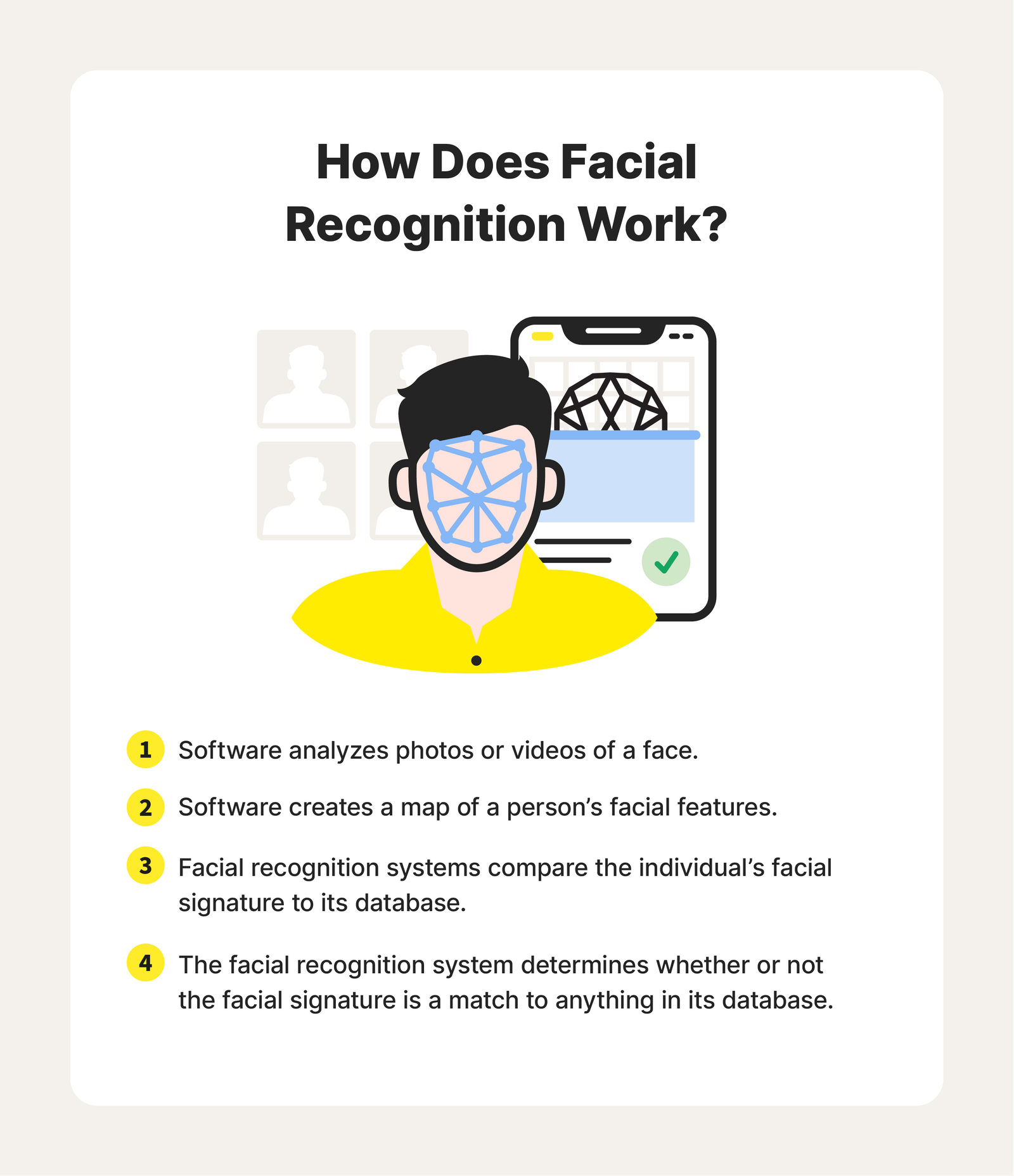Facial recognition technology, a remarkable innovation in the field of biometrics, has revolutionized the way we interact with our devices and navigate the world around us. It has become a ubiquitous tool, allowing us to unlock our smartphones, authenticate payments, and enhance security measures in various sectors. But have you ever wondered how this fascinating technology actually works? In this article, we will explore the intricate mechanisms behind facial recognition, demystifying the process and shedding light on its groundbreaking applications.
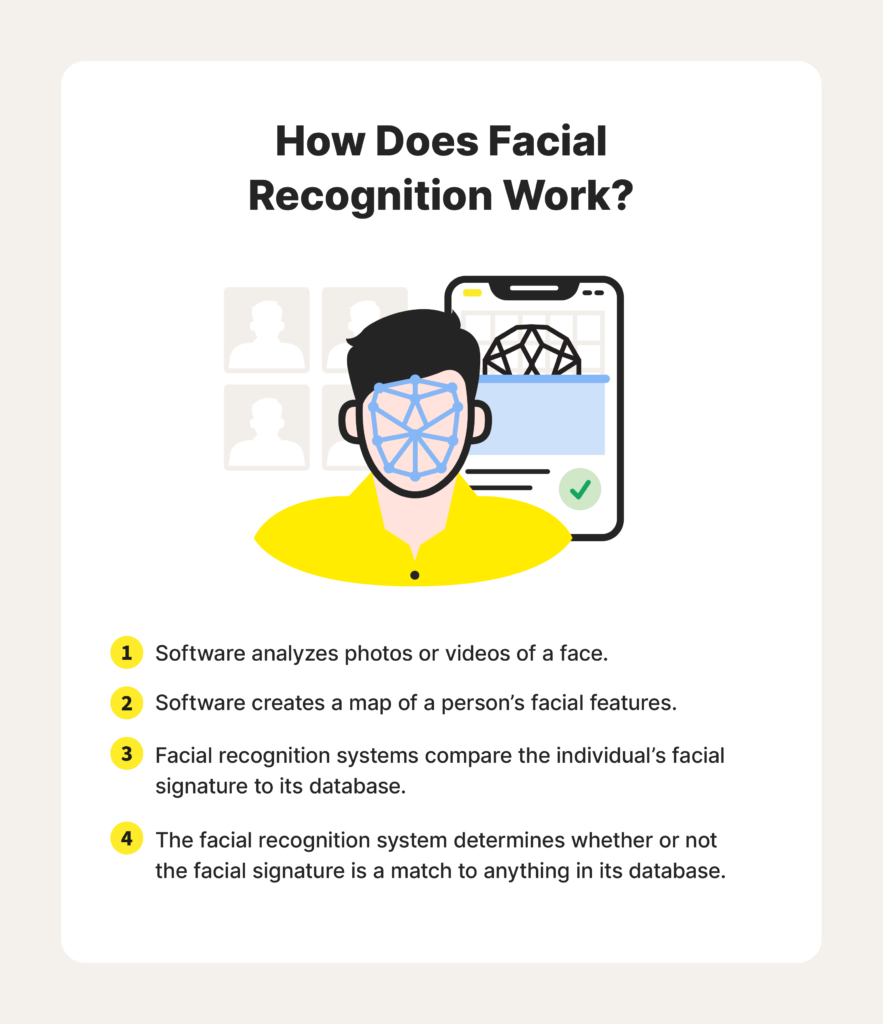
Introduction to Facial Recognition Technology
Facial recognition technology is a rapidly advancing field that has gained significant attention in recent years. This technology uses biometric markers to identify and authenticate individuals based on their unique facial features. By analyzing and comparing specific facial characteristics, facial recognition systems are able to accurately match a person’s face with their stored template in a database. This technology has a wide range of applications, from unlocking smartphones to enhancing security measures and improving surveillance systems.
The Basics of Facial Recognition Technology
Facial recognition technology involves several key steps that work together to identify and authenticate individuals. These steps include capture and detection, face alignment, feature extraction, and face matching. Let’s delve into each of these steps in detail.
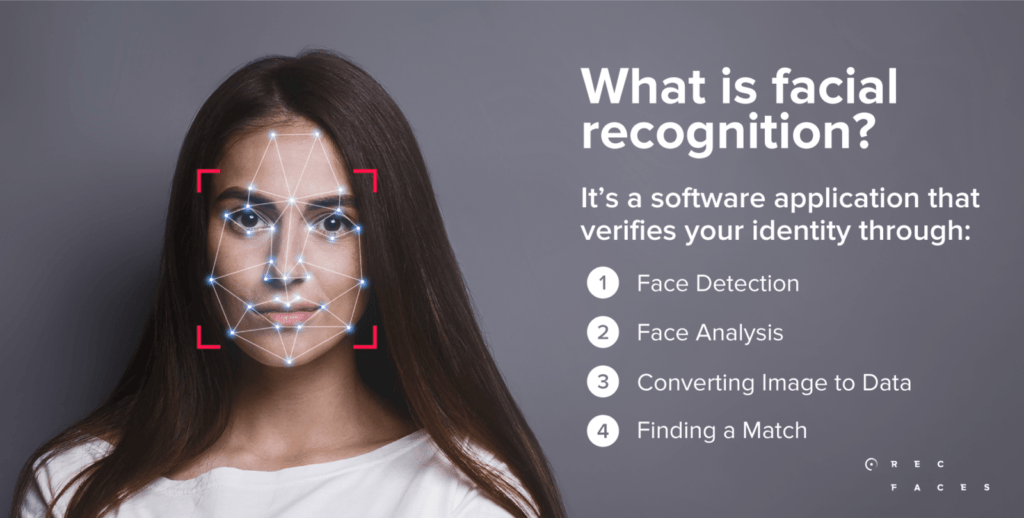
Capture and Detection
In order to recognize a face, facial recognition systems need to first capture an image or video of the face. This can be done using various capture devices, such as surveillance cameras, webcams, or specialized facial recognition cameras. Once an image is captured, the system then needs to detect and locate the face within the image. This process involves identifying facial features such as eyes, nose, and mouth, and creating a bounding box around the face.
Face Alignment
After the face is detected, the next step is face alignment. This involves normalizing the pose and orientation of the face in order to create a consistent representation. Face alignment techniques adjust the position, rotation, and scale of the face to ensure that it is in a standard pose. This allows for accurate comparison and matching of facial features across different images.
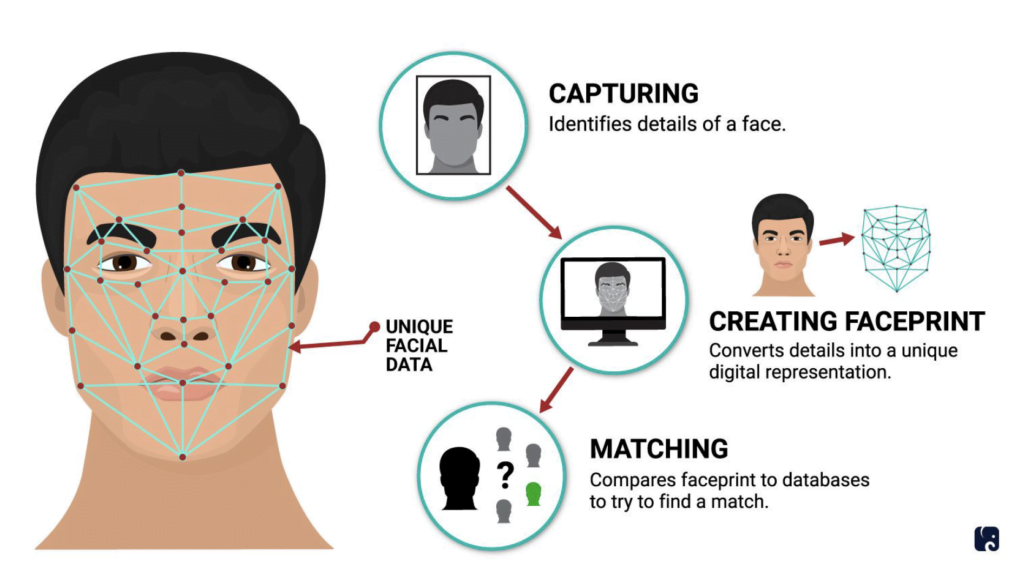
Feature Extraction
Once the face is aligned, the system extracts relevant features from the face. These features are unique characteristics that help differentiate one face from another. Examples of facial features include the geometry of the face (such as distance between eyes and shape of the nose), as well as texture features (such as wrinkles, freckles, and skin color). Feature extraction algorithms analyze the face and create a mathematical representation called a facial template, which is then used for identification and matching.
Face Matching
Face matching is the final step in the facial recognition process. In this step, the system compares the facial template extracted from the captured image with the templates stored in a database. The matching algorithm calculates the similarity between the facial features of the captured face and the stored templates, and determines whether there is a match or not. If a match is found, the system identifies the person associated with the template. If no match is found, the person is considered unknown.
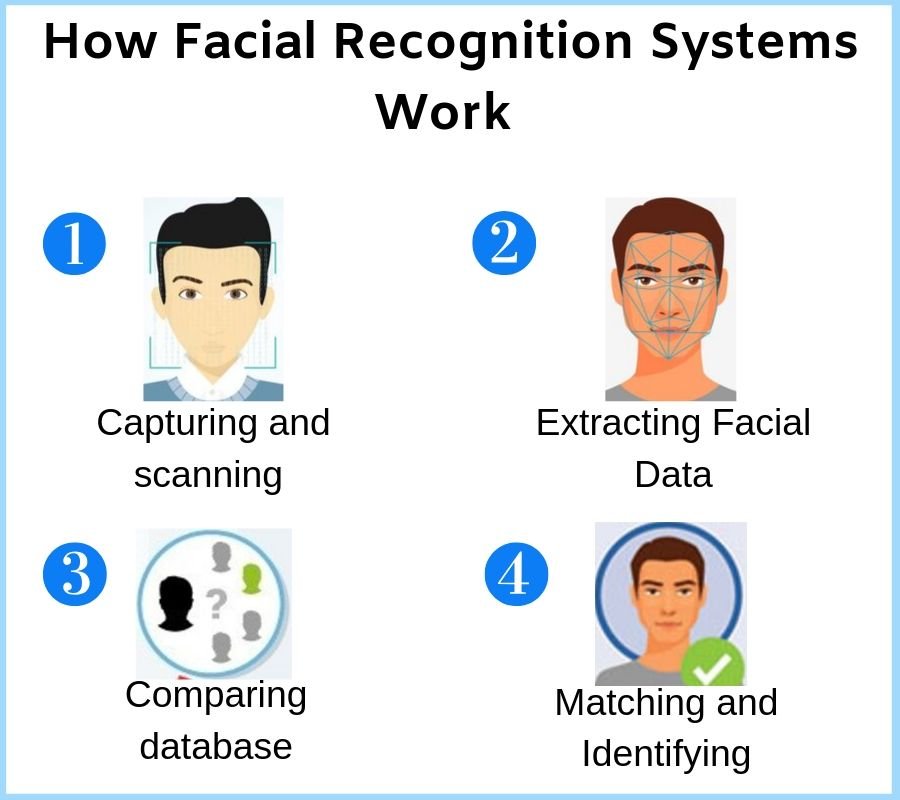
Facial Recognition Approaches
There are two main approaches to facial recognition: traditional facial recognition and deep learning-based facial recognition. Traditional facial recognition relies on manually engineered algorithms to extract and match facial features. These algorithms rely on predefined rules and feature extraction methods to identify individuals. On the other hand, deep learning-based facial recognition uses artificial neural networks to automatically learn and extract features from facial images. These networks are trained on large datasets and can achieve higher accuracy and robustness in facial recognition tasks.
Challenges in Facial Recognition Technology
While facial recognition technology has made significant advancements, it still faces several challenges. One challenge is variations in lighting conditions. Different lighting conditions can affect the appearance of facial features, making it difficult for facial recognition systems to accurately match faces. Another challenge is changes in facial appearance. Factors such as aging, facial hair, or the use of accessories can alter a person’s appearance, making it challenging for the system to correctly recognize them. Additionally, ethical and privacy concerns have been raised regarding the use of facial recognition technology, particularly in surveillance and law enforcement applications.
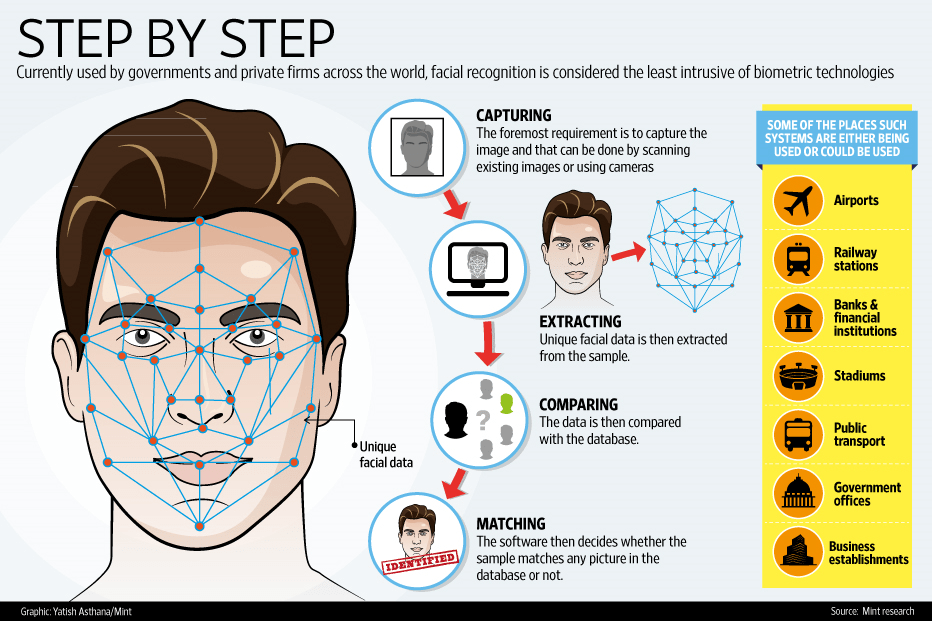
Pros and Cons of Facial Recognition Technology
Facial recognition technology offers numerous advantages in various fields. One major advantage is improved security. Facial recognition systems can enhance access control measures, ensuring that only authorized individuals can enter secure areas. This technology is also convenient and user-friendly, as it eliminates the need for physical identification cards or passwords. Moreover, facial recognition technology can aid in law enforcement efforts, helping to identify wanted individuals quickly and efficiently.
However, facial recognition technology also has its downsides. One major concern is the potential for misuse and invasion of privacy. There are concerns that facial recognition systems could be used for mass surveillance or for tracking individuals without their consent. Privacy advocates argue that individuals should have control over how their biometric data is used and stored. Another disadvantage is the potential for false positives or false negatives. Facial recognition systems may incorrectly match a face with a template, leading to mistaken identity or wrongful accusations.
In conclusion, facial recognition technology is a powerful tool with numerous applications, from unlocking smartphones to enhancing security measures. By understanding the basics of how facial recognition technology works, we can appreciate its benefits and also its potential challenges. As this technology continues to evolve, it is crucial to address the ethical and privacy concerns associated with its use, ensuring that it is deployed in a responsible and transparent manner.

